SUBALPINA Rose & Purpus, 1910
Synonyms :
Echeveria akontiophylla Werdermann (1932)
Echeveria meyraniana Walther (1959)
Series Secundae
Type : Purpus s.n., collected in the subalpine regions of Orizaba in 1907. US 592489.
Etymology : For the subalpine habitat.
Distribution : Mexico (Puebla, Tlaxcala, Veracruz).
First Description by Rose & Purpus in Contributions from the US National Herbarium 13: 45. 1910 :
Acaulescent.
Leaves arranged in open rosettes (20 to 25 cm in diameter), linear-lanceolate, with reddish attenuate tips, 7 to 10 cm long, 1.5 to 2 cm broad, very glaucous.
Flowering stem simple, rarely 2-branched, bearing few bract-like leaves.
Inflorescence a secund raceme, 8 to 20-flowered, pedicels very short, hardly elongating in age.
Flowers : Sepals ascending, corolla 12 mm long, cinnabar red without, yellowish within, petals blunt, yellowish-margined, stamens yellow, stigmas bright green.
Cytology : n = 34.
Note :
1. Walther's description of E. subalpina (Echeveria, 1972) was made from a plant not from the type locality and not well corresponding to the description by Rose & Purpus, therefore it is of no use and accordingly also Kimnach's respective summary in the Illustrated Handbook of Succulent Plants, 2003.
2. The rosette diameter of E. subalpina is variable. While plants usually do not branch, the collection from Tlaxcala (San Francisco Temetzontla, Municipality of Panotla, Cerro Cuatlapanga) has smaller leaves and more caespitose rosettes.
3. Very often the hybrid E. 'Olivine' is distributed under the name of this species.
4. For more details see p. 120-121 in https://www.crassulaceae.ch/docs/939bcf5a506299eba8cc8a7aa93e1973_Crassulacea__Nr._10_-_Revision_Walther_Echeveria.pdf
Plants in habitat :
North-east of Esperanza, State of Puebla, under bushes on a steep slope between rocks.
Nord-Est de Esperanza, État de Puebla, sous arbustes sur une pente raide entre rochers :
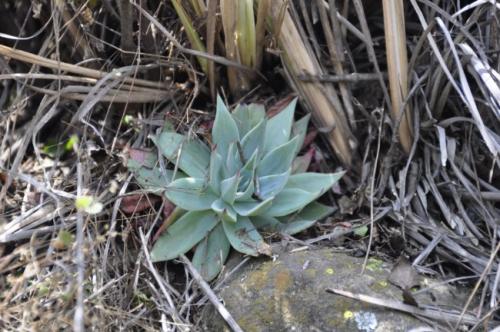
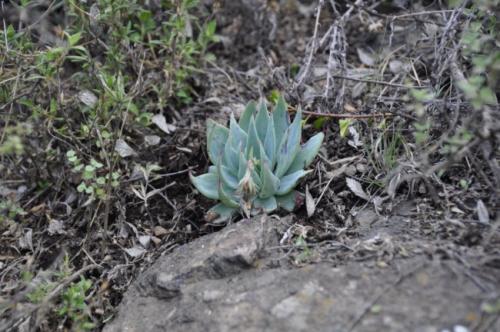
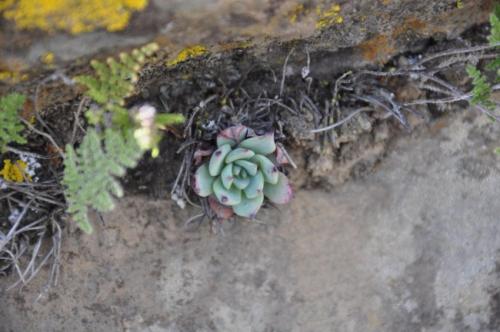
Photos Mieke Geuens
Plants in cultivation :
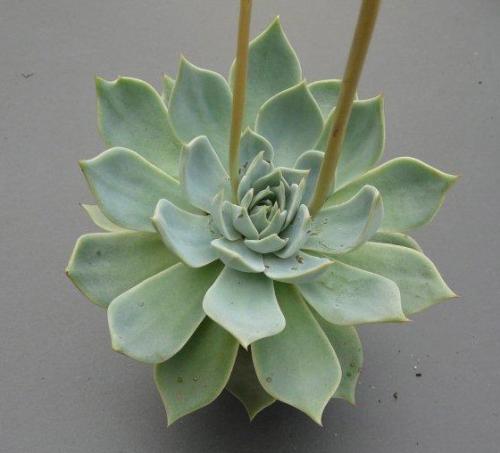
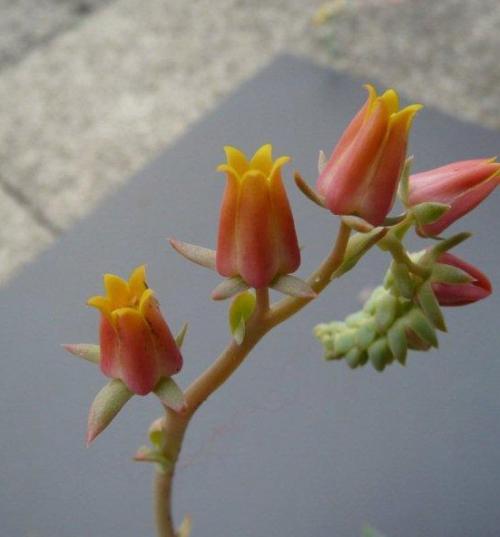
E. subalpina Perote, Veracruz, Mexico.
Photos Margrit Bischofberger
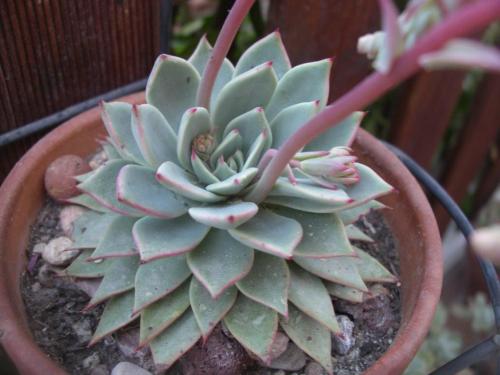
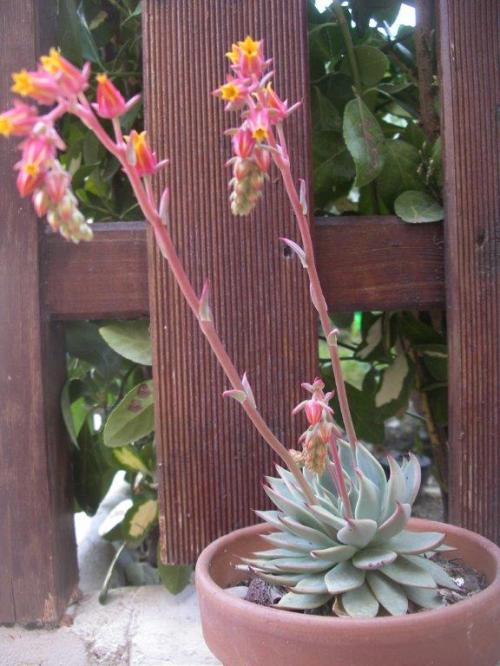
Perote, Veracruz
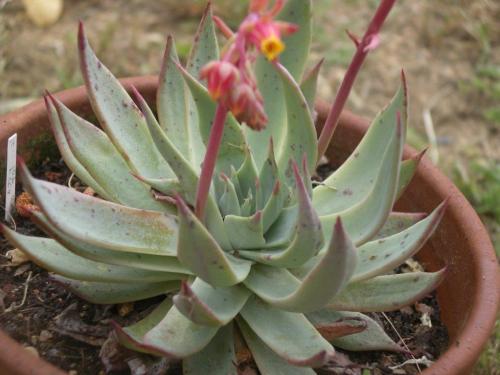
Atzizintla, Puebla
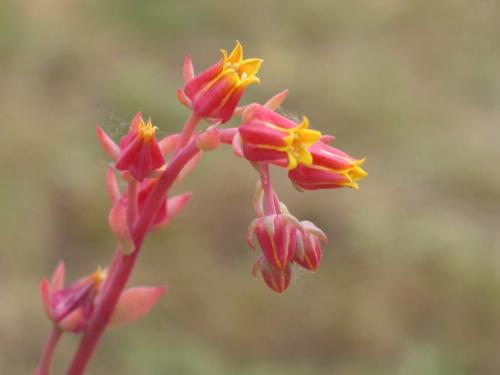
Photos Mateo Lichtenstein